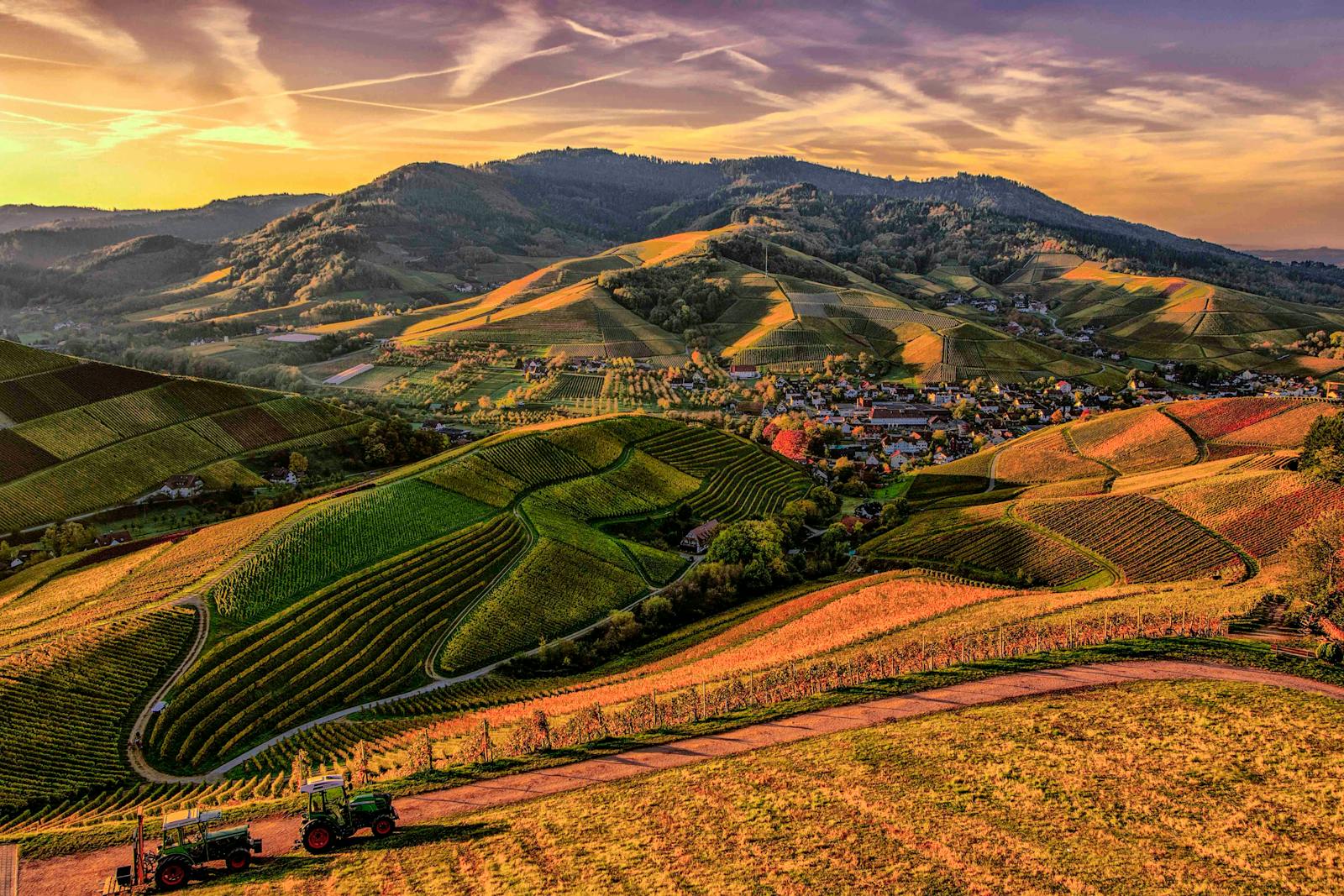Hey there, fellow explorers! Have you ever wondered what lies beyond the well-trodden paths of history? Well, grab your virtual backpack because today, we’re setting off on a journey through one of the most legendary routes in the world—The Silk Road. But hold on, I’m not just talking about the usual stories of silk, spices, and caravans. We’re digging deeper to uncover the hidden treasures and untold stories that make this ancient trade route so fascinating.
Now, let me tell you, the Silk Road isn’t just one road; it’s a sprawling network of trade routes stretching from the heart of China to the Mediterranean. Imagine bustling markets, diverse cultures colliding, and goods from every corner of the ancient world changing hands. But what really piqued my interest were the hidden gems—those lesser-known places and stories that often get overshadowed by the grander tales.
The Forgotten Kingdoms
Let’s start with the Kingdom of Khwarezm. Ever heard of it? No? Don’t worry; neither had I until I started diving into some serious research. This Central Asian kingdom, located near the Aral Sea, was a major player in the Silk Road’s heyday. What blew my mind was the advanced irrigation systems they developed. These guys were turning deserts into lush farmland long before it was cool. But it wasn’t just their agricultural prowess that was impressive. Khwarezm became a melting pot of cultures, blending Persian, Turkic, and Islamic influences into something truly unique. It’s a bit like stumbling upon an old recipe book and realizing your grandmother was a culinary genius—only with empires and trade routes.
Speaking of hidden kingdoms, let’s not forget Sogdia. Nestled in what is now Uzbekistan and Tajikistan, the Sogdians were the rock stars of the Silk Road. They were master traders and diplomats, with their influence stretching from China to Byzantium. But here’s the kicker—they were also brilliant artists. Sogdian murals and frescoes, bursting with vibrant colors and scenes of daily life, are still being uncovered today. If you’ve ever had the chance to visit the Afrasiab Museum in Samarkand, you know exactly what I’m talking about. If not, put it on your bucket list!
The Lost City of Merv
Let’s jump to Merv in Turkmenistan, once one of the world’s largest cities. It was a thriving metropolis on the Silk Road, often dubbed the “Pearl of the East.” Now, I have to admit, I had never heard of Merv before planning a trip to Central Asia a few years ago. But once I got there, wow! The sheer scale of this ancient city is mind-blowing. Walking through the ruins, you can almost hear the echoes of bustling bazaars and the clatter of camel caravans. But what really struck me was Merv’s library. Imagine, in the 12th century, this city housed one of the largest libraries in the world. Sadly, it was destroyed during the Mongol invasion, but the knowledge and culture that thrived there left a lasting legacy on the Silk Road.
The Secrets of Dunhuang
Okay, let’s head east to China. If you’ve ever traveled along the Silk Road in your imagination, you’ve probably pictured the majestic city of Dunhuang. But let me tell you, this place is even more incredible than you can imagine. Dunhuang is home to the Mogao Caves, a series of 492 temples carved into the cliffs. When I visited, I felt like Indiana Jones stumbling upon a hidden treasure. The caves are filled with ancient Buddhist art and manuscripts that have survived for over a thousand years. One of the most fascinating finds? The Diamond Sutra, the world’s oldest printed book, dating back to 868 AD. You can actually see it in the British Library, and trust me, it’s worth the trip.
A Taste of the Silk Road
Now, no discussion of the Silk Road would be complete without talking about the food. I’m a huge foodie, so you can imagine my delight when I realized that the Silk Road wasn’t just about trading goods; it was about trading flavors. The spices, fruits, and culinary techniques that traveled along these routes shaped the cuisines of so many countries. For instance, ever had a bowl of plov (a type of rice pilaf)? That dish traveled from Persia to Central Asia and became a staple along the Silk Road. I remember trying it for the first time in a small café in Bukhara, Uzbekistan—sitting cross-legged on a colorful carpet, the aroma of cumin and coriander filling the air. It was like tasting history.
The Modern Legacy
Even though the Silk Road’s glory days are long gone, its legacy is very much alive today. Many of the routes have evolved into modern highways, and the exchange of goods and ideas continues. When I see the diverse range of products available in markets today, from Chinese electronics to Turkish textiles, I can’t help but think about how the Silk Road laid the groundwork for our globalized world.
But beyond the material goods, the Silk Road also fostered an exchange of ideas, religions, and cultures that still resonate today. Buddhism, Islam, and Christianity all traveled along these routes, spreading their teachings far and wide. It’s a reminder that the Silk Road wasn’t just about commerce; it was about connection. And in our increasingly connected world, that’s a legacy worth celebrating.
Wrapping It Up
So, the next time you think about the Silk Road, I hope you’ll remember that it’s more than just a historical trade route. It’s a tapestry of hidden treasures—forgotten kingdoms, lost cities, ancient art, and culinary delights. Each of these elements tells a story that’s woven into the fabric of our world today. And who knows? Maybe one day, you’ll find yourself wandering through the ruins of Merv or gazing at the frescoes in Sogdia, feeling that same sense of wonder and discovery.
Until then, keep exploring, keep learning, and never stop searching for those hidden treasures. They’re out there, just waiting to be found.
Happy travels!
